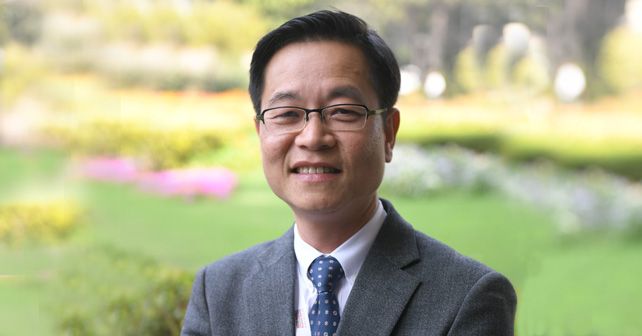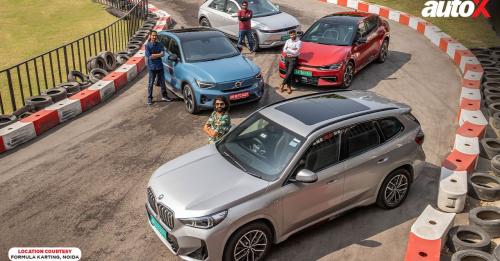
At the 2nd India-Korea Business Summit, Hyundai effectively demonstrated how their brand-new Fuel Cell Vehicle – the NEXO – can take in air laced with PM2.5 & PM10 and emit clean air and water vapour. Here is a brief conversation with Mr. S H Kim, Vice President, Namyang R&D Centre, Hyundai Motor Company.
How does a Fuel Cell Vehicle work?
A fuel cell is a device that gets hydrogen and oxygen to react to produce electricity and water. So, it’s the opposite of electrolysis, wherein water splits into hydrogen and oxygen when a current is passed through it. In the past, it was difficult to produce electricity in large amounts through this process, but the technology has evolved very fast, and now we can produce enough power to propel a vehicle. Plus, we can refill hydrogen very fast – in just 3 to 5 minutes depending on the station – and we can drive up to 600 kilometres on a single charge. Plus, the only by-product is water, so it’s very clean.
Are there any dangers associated with hydrogen cars?
Every energy source we use is explosive! We cannot run our cars on water, because water has a very low energy density. Gasoline and diesel will also explode if we don’t treat them carefully. Many people are afraid of hydrogen, because they’re not familiar with it. But hydrogen has long been the base element of the entire chemical industry. So, hydrogen can be handled very safely because we have a lot of experience with it. Plus, our hydrogen tank goes through a certification process in which it has to pass 15 tests – such as shooting it with a gun, putting it on fire and dropping it from a certain height – all to ensure that it doesn’t explode in even the most extreme situations.
How would you compare hydrogen and electric in terms of their ability to power the cars of the future?
Both technologies will coexist. For long distances and larger vehicles, fuel cells are better because you don’t have long charging times and the range is far higher, as the energy density of hydrogen is very high. But, for short distances and given you’ve time to charge the vehicle, battery-powered vehicles are more suitable. Also, the durability of batteries is very good now. Hyundai is developing both technologies.
How does the cost compare between an electric car and a fuel cell vehicle?
Fuel cell cars and battery electric cars will compete closely in certain areas. According to our analysis, for a normal passenger car with a driving range in between 400 to 800 kilometres, the costs will be virtually the same. But, for less than 400 kilometres, a battery electric vehicle will be cheaper. Likewise, for a range of more than 800 kilometres, a fuel cell vehicle will be more economical. In commercial vehicles, 10 tonne trucks for instance, the cost of a fuel cell will be less.
There are plenty of companies setting up charging stations. Is there a similar commitment being made to set up hydrogen filling stations?
Yes, countries like Germany and Japan, as well as the State of California in the US, are committed to this technology and are building the infrastructure. But fuel cells have a very high technical barrier. Development times are long and investments are high, so currently there are only three companies that have mastered fuel cell vehicles – Hyundai, Toyota and Honda.
Is the NEXO for sale?
Yes, Hyundai was the first company to mass-produce a fuel cell vehicle in 2013 – at a time when there were no hydrogen filling stations. At the time, the purpose was to provide fuel-cell cars to help build and sustain a network of stations. So, we’ve already produced 1,000 cars – with roughly 600 in Europe, 200 in Korea and 200 in the US. The NEXO is our second vehicle.
Is India a potential market for fuel cell vehicles?
Yes, not just India but also other countries. In China, we’re trying to cooperate with the government to set up special projects. In India too, we’d need to conduct some pilot projects as we did in Korea almost a dozen years ago. The first demo project in the US was in 2004 and in Europe in 2008, so it’s not too late. Moreover, we’ve accumulated a lot of experience in the interim – so now it’s just a case of building hydrogen filling stations.
























Write your Comment